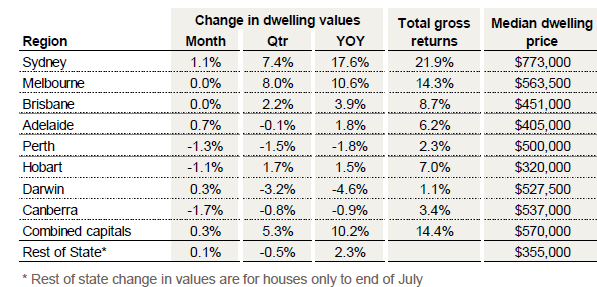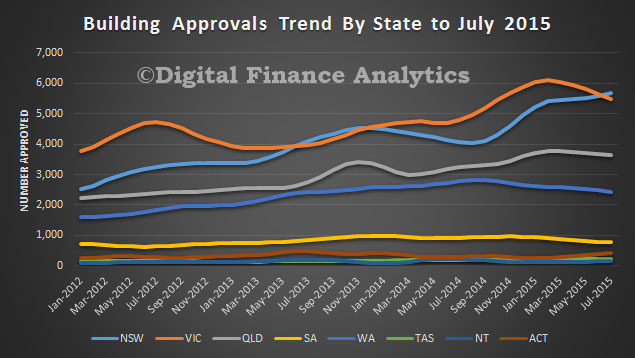From The Conversation.
“All Australians should be able to retire with dignity and decent living standards.”
So states the recently released superannuation report of the Committee for Economic Development of Australia (CEDA).
CEDA’s report is commendable. And although I agree with most of its recommendations, including what the purpose of super should be, how retirement income products dealing with longevity risk should be developed and how super tax laws should be made more equitable, I have one serious misgiving: I do not believe active employees should be able to use their super funds to invest in owner-occupied housing.
The American 401(k) system (also a defined contribution model like Australian super) provides a cautionary tale on the damage caused by what’s known as pre-retirement leakage. Unlike Australia, it is fairly easy for US workers to access their 401(k) retirement accounts during active employment. Even prior to preservation age, which is 59½ in the US, individuals are able to use their workplace retirement accounts for a number of purposes, both with and without tax consequences.
For instance, the US tax code allows individuals under specified circumstances to take loans against the value of their retirement funds without tax penalty. Although such funds are required to be secured and paid back like any other commercial loan, studies show many employees are never able to restore the money to their 401(k) accounts. Not only does this lead to diminished pension pots, it also means there will be less money upon which interest or investment returns can build on in the long-term.
The US 401(k) system also permits employees to take hardship distributions for a number of reasons, including purchasing of a first home, university education and medical expenses. In these circumstances, not only does the individual not face any tax penalties for the withdrawal (except for having to pay ordinary income tax), they are also not required to pay back the money to their account.
Finally, employees can take money out of their 401(k) accounts if they “really” want. What I mean is, absent even an authorised loan or hardship distribution, employees before preservation age can withdraw funds from their retirement accounts. We call this “expensive money” because both a 10% excise tax and 20% employer withholding of funds apply. In the end, these employees receive 70 cents in the dollar for withdrawing money prematurely from their retirement account.
Such leakage in the US causes a significant erosion of assets in retirement – approximately 1.5% of retirement plan assets “leak” out every year. This can potentially lead to a reduction in total retirement assets of 20% to 25% over an employee’s working years, according to experts.
Remember the role of super
I do not disagree with the CEDA report that housing makes a critical contribution to sustaining living standards and helping to address elderly poverty. Needless to say, there should be a multipronged federal government response to the spectre of increasing poverty in old age because of the lack of home ownership. Many useful suggestions are made in the CEDA report in this regard.
But using super, even if only for first-time home buyers, should not be the answer. Indeed, CEDA agrees with much of the recent Financial System Inquiry report (the Murray report), which concludes that super legislation should state explicitly and clearly that its purpose is to provide retirement income.
While increasing home ownership for younger workers is an admirable policy prescription, it is not consistent with the retirement income focus of super. Allowing workers to use their super funds to buy homes means there will be much less money in the pension pot to grow over time to provide the necessary retirement income.
And the harm is ongoing. Making such a change would lead to a further constrained supply of housing, meaning more money chasing the increasingly limited stock of property, tending to drive home prices up even further.
Of course, when, not if, the housing market crashes, much of the super savings tied into such property will also be lost. This problem stems from a lack of diversification in one’s retirement portfolio through an over-investment in the family home. The consequent lack of investment diversification among asset classes means super is less likely to be able to survive future shocks to the Australian economic system.
The lesson from the United States is clear: pre-retirement leakage from super should be permitted only under the most exceptional of circumstances. Even for the very best of reasons, like first-time home ownership, Canberra should prevent super fund leakage during active employment to ensure the primary objective of super: retirement income adequacy.
, Senior Fulbright Scholar in Law (Labour and Super) at University of Melbourne

















